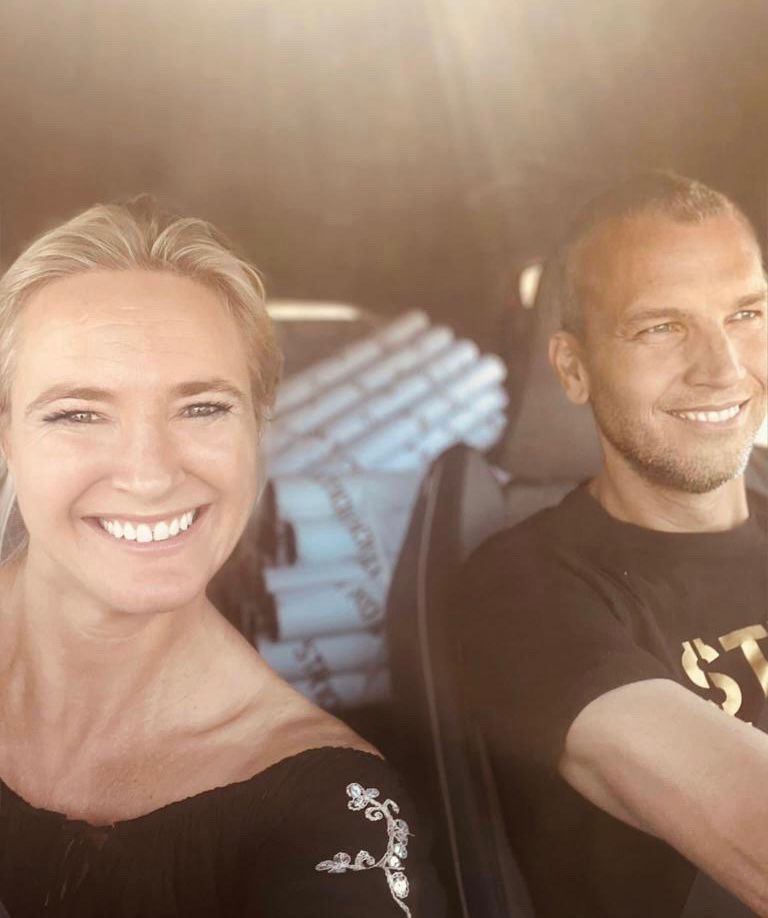"THE word ‘Paradise’ is bandied around endlessly by travellers: it’s used to describe every stretch of whitesand beach or rainforest they see. But while modern tourists might write ‘#paradise’ alongside each snap they post on Instagram, there’s a genuine case for Sri Lanka’s identification as Paradise on Earth, thanks to a series of literary references.
In his 1891 book Palms And Pearls: Or Scenes In Ceylon, Alan Walters highlights a 14th Century Icelandic work which names Paradise as an island off India ‘studded with flowers’, which he believes to be Ceylon, renamed Sri Lanka in 1972.
The Hereford Mappa Mundi, the largest existing medieval map, pinpointed Paradise as a circular island off the coast of India.
And French author Hugo Victor is believed to be referring to Sri Lanka when he writes: ‘Paradise is a spot in the Orient productive of all kinds of woods and pomiferous trees: it contains the Tree of Life; there is neither cold nor heat but perpetual equable temperature.’
But after arriving in Sri Lanka, the chaos of Colombo airport and the surrounding roads made it difficult to identify where that early notion of Paradise came from.
During the six-hour drive from the airport to the south-east coast, I drifted in and out of sleep, often waking to hair-raising scenes.
If you’ve ever driven or been driven in Sri Lanka, you’ll know exactly what I mean: horns beep- ing constantly, stray dogs wandering the streets, and bus drivers who somehow manage to stop just an inch from the vehicle in front.
But once you reach the areas of natural beauty, you’ll see why the Paradise description is so apt. There are 26 national parks in Sri Lanka, each one teeming with wildlife. I stayed at the Uga Escapes resort of Chena Huts, situated in Yala National Park.
The hotel is intimate, with just 14 luxury suites, and they’re spread out to ensure maximum privacy.
A sign on the path to the hotel declared that an elephant had last been sighted here just three days before.
One lunchtime, we were enjoying a watermelon martini at the bar when four monkeys sat down just yards away. And on another occasion, we wandered down to the sandbanks below the resort and heard a huge crash. Turning around slowly, we came face to face with an elephant. He was unfazed, but we were overcome with emotion. It was one of the best moments of my life.
You might think that the staff would become blasé about living so close to wildlife, but they delighted in showing us photos of leopards, crocodiles, wild boars and elephants which had all meandered into the hotel grounds.
The private suites at Chena Huts are similar to safari lodges: vintage camping lamps, a freestanding bath, a huge bed, colonialstyle rugs and – a safari essential – Nespresso machine.
There’s a plunge pool in the garden of each suite, too; although there’s an enormous, lagoon-like pool moments away, it’s nice to know you could spend a day reading in total privacy if you wanted to.
MEALS and alcohol are included in the price of the stay and the staff want you to feel as if you’re at home, so you can turn up to eat at any time. And once you’ve tasted the Sri Lankan fish curry, you’ll want to sign up for the cookery classes offered by the head chef.
At 6.30am every day you can set off on a safari tour of the park (or at 3.30pm, though morning gives you a better chance of leopard sightings). Driving through the park, you’ll suddenly come to a clearing which looks as if you’ve been transported to Africa, with huge lakes covered with water hyacinths, and mountains looming in the background.
We saw toucans, elephants, leopards, monkeys and water buffalo. There is nothing to describe how wonderful the experience is.
Following our stay at Chena, we set off on a three- hour drive to Weligama, a popular surfing beach on the south coast. Here we stayed at Cape Weligama resort, perched on a clifftop, with spectacular views of the ocean.
The resort has an activities centre where you can take out surfboards, snorkels and paddleboards. There are also scuba-diving courses. I was happier sitting by the Moon Pool – an infinity pool fringed with palm trees where you can watch the surfers bobbing like buoys, waiting for the next big wave.
The nearby town of Galle is one of the most distinctive on the island. It features a 16th Century fort built by the Portuguese. Within its walls lie some excellent shops: visit Barefoot for clothes and jewellery, and Stick No Bills® for vintage posters by companies such as Ceylon Air. And don’t forget to stop for tea at the Galle Fort Hotel, the most chic destination on the coast.
As we had to head back to Colombo for our return flight, we decided to stay for two extra nights in the city. Residence, another Uga Escapes hotel, is the perfect sanctuary from the chaos of the capital. The location is great – just a ten- minute walk from the Town Hall, and near the Gangaramaya Temple, so it’s easy to fit in some sightseeing.
The hotel occupies a 19th Century building, the suites are housed in what were once the stables, and there’s a pool in the courtyard.
Sit by it as you sip your last gin and tonic of the holiday and plot how you can return to Paradise as soon as possible." Jessica Davies for The Mail On Sunday, 9th July 2017.

